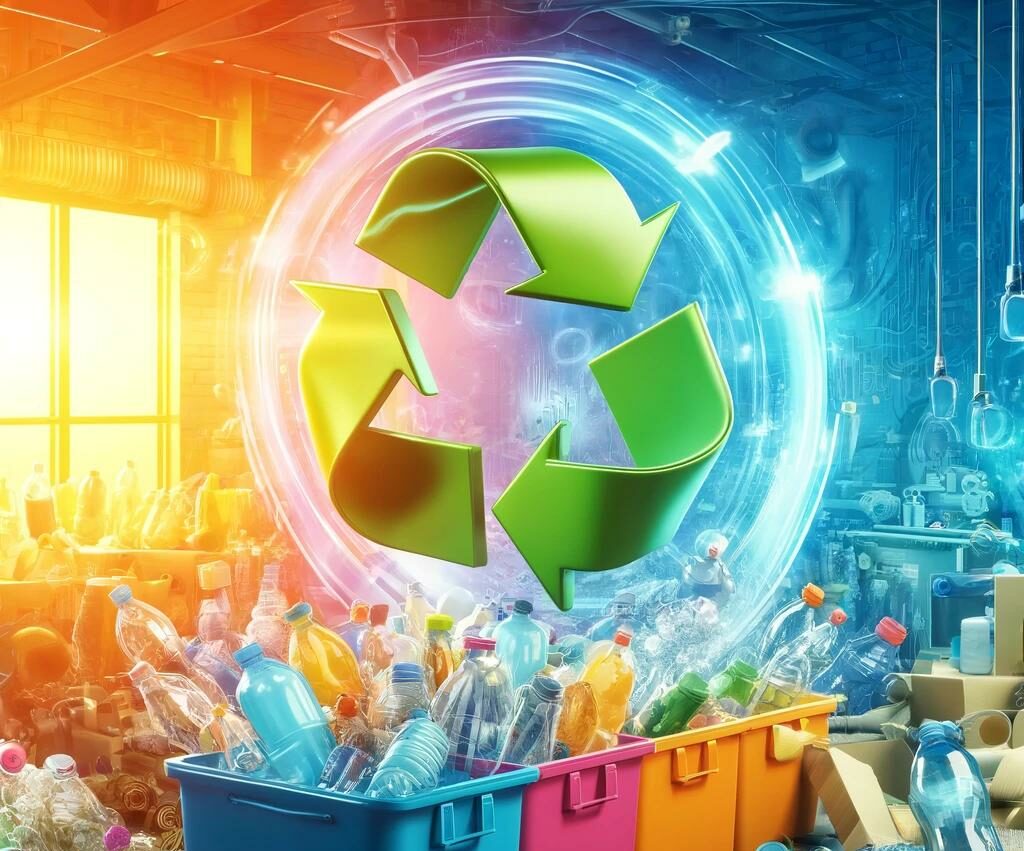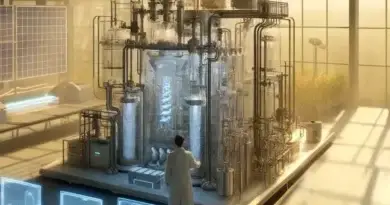Waste to Wonder: Enzymes Making New from Old Plastic

A team of scientists from King’s College London, including Susana M. Meza Huaman, Jake H. Nicholson, and Alex P.S. Brogan, has unveiled a method to tackle plastic waste using bioengineering. Their study, “A General Route to Retooling Hydrolytic Enzymes Toward Plastic Degradation“, published in Cell Reports Physical Science, explores how re-engineering enzymes can effectively break down plastics, focusing on poly(lactic acid) (PLA).
Transforming Plastic Waste with Enzymes
The researchers focused on an enzyme called lipase B, derived from a yeast known as Candida antarctica. Typically, this enzyme breaks down fats. However, the scientists modified it to target poly(lactic acid), or PLA—a type of plastic commonly used in disposable items like cups and containers. PLA is known for being difficult to decompose, posing significant environmental challenges.
The Role of Ionic Liquids
To enhance the enzyme’s ability to break down PLA, the team introduced a special liquid known as an ionic liquid. Ionic liquids are salts in a liquid state at room temperature and are exceptional solvents, capable of dissolving a wide range of materials, including plastics. By adjusting lipase B to function effectively in this ionic liquid at higher temperatures, the enzyme could efficiently interact with the PLA.
A Step-by-Step
- Enzyme Modification: The scientists altered lipase B to ensure it remained stable and active in the ionic liquid environment and at elevated temperatures.
- Mixing with PLA: They combined the modified enzyme with PLA plastic within the ionic liquid.
- Breaking Down PLA: The enzyme catalyzed the breakdown of PLA into lactic acid over approximately 40 hours.
Lactic acid is a valuable substance used to create new products, including biodegradable plastics and pharmaceuticals. This transformation turns plastic waste into a useful resource, promoting a circular economy.
Environmental Impact and Significance
This method offers a faster alternative to natural PLA degradation, which can be slow and incomplete. By efficiently converting hard-to-recycle plastics into valuable materials, the approach has the potential to:
- Reduce Plastic Pollution: Providing an effective way to recycle PLA can lessen the environmental burden of plastic waste.
- Promote Sustainable Practices: Transforming waste into resources aligns with eco-friendly initiatives and supports sustainable industry practices.
- Advance Recycling Technologies: Demonstrating the feasibility of using enzymes and ionic liquids could lead to innovations in recycling other types of plastics.
Looking Ahead
The success of this study showcases the power of combining enzyme engineering with innovative solvents to address environmental challenges. While further research is needed to scale up the process and assess its applicability to other plastics, the findings represent a significant step forward in the fight against plastic pollution.
By retooling enzymes to break down stubborn plastics like PLA, scientists have opened new avenues for recycling and sustainability. This approach not only mitigates the impact of plastic waste but also transforms it into valuable resources, exemplifying smart science with real-world benefits.
References
- Original Research Paper: Link to the article
Keywords
Plastic Waste, Enzyme Engineering, Poly(lactic acid) (PLA), Lipase B, Ionic Liquids, Biodegradation, Sustainable Recycling, Environmental Biotechnology
Disclaimer: This article is intended for informational purposes and reflects current research findings. For more detailed information, please consult the original study or a professional in the field.



